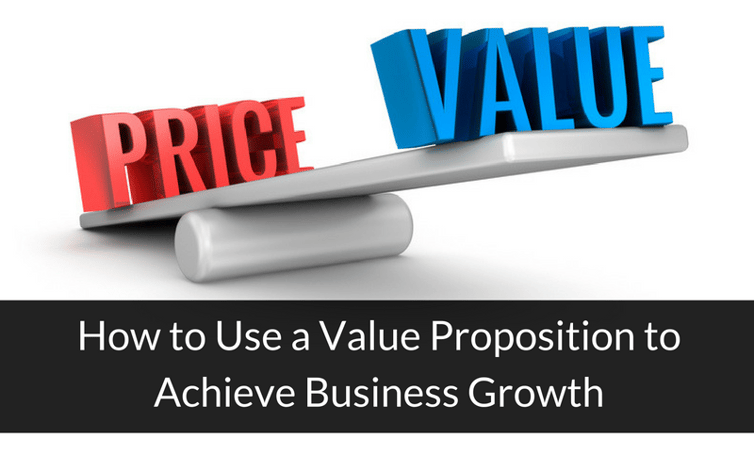
Whenever I hear someone talk about finding his or her unique selling point, the hair on the back of my neck stands on end. If you are in complex B2B selling, you should not waste your time looking for a unique selling point.
Instead, you need to know your value proposition, which includes all the unique things you do.
As you build your approach to a particular potential buyer, you will use the unique thing you do that appeals to that particular buyer to build your value proposition. For another buyer, a different unique offering may be more suitable; you would then build your value proposition for this new buyer with a different unique offering.
What Is a Unique Selling Point?
According to MarketingProfs, a unique selling point, or USP if you prefer, is the core proposition that differentiates your product from those of your competitor.
While essentially correct, it only works that way for simple sales. Complex B2B selling is not about finding your unique selling point. It’s about building your value propositions for the variety of potential customers you hope to attract and sell to.
How Do You Find Your Value Proposition?
As we have said before, your differentiation is based on what the customer should want and what you are uniquely qualified to do, which is not a single selling point but a group of things you do that adds value.
The reason you base it on what customers should want is that often customers don’t really know what they want or understand what they need. They just want it to be cheaper than the others on the market.
Actually, customers probably do have some idea of what they want; they just don’t know what’s possible. They picture a familiar solution that just does it better. As Henry Ford said, “If I had asked people what they wanted, they would have said faster horses.”
It’s up to you to show your target audience innovative methods of solving their problems that they haven’t considered. Doing so puts you in the position of offering a value proposition sharpened by your thought leadership and understanding of the customer.
Prevent Copycats
If you had a unique selling point, you would probably see your competitors trying to copy what you’re doing. That’s more difficult for them to do with value propositions.
Your competitors will not have anything specific upon which to base their “knock-off” because you are adding value that is specific to each buyer but that differs between buyers. It’s hard to copy an intelligently moving target.
The competition may be able to offer a very similar product or service but won’t be able to duplicate the value you add.
Be Objective
Develop an informed perspective on your target customer’s underlying needs. What business problems are they wrestling with? How much would they pay to solve them?
An objective view of the customer’s needs shields you from the temptation to be a copycat yourself. Instead of coming from behind, you can set the pace and remain ahead of the pack. Segment first, develop your value proposition, and leave branding until last.
Your highly targeted value proposition is your ticket to differentiating your company from the rest of the wannabes. Instead of becoming a copycat, aspire to be the company others try, but fail, to duplicate.
Stay ahead of the game and achieve true business growth by providing top of the line solutions that you have tailored to your customers and watch while the others lose traction with a single “unique selling point” and no value.









